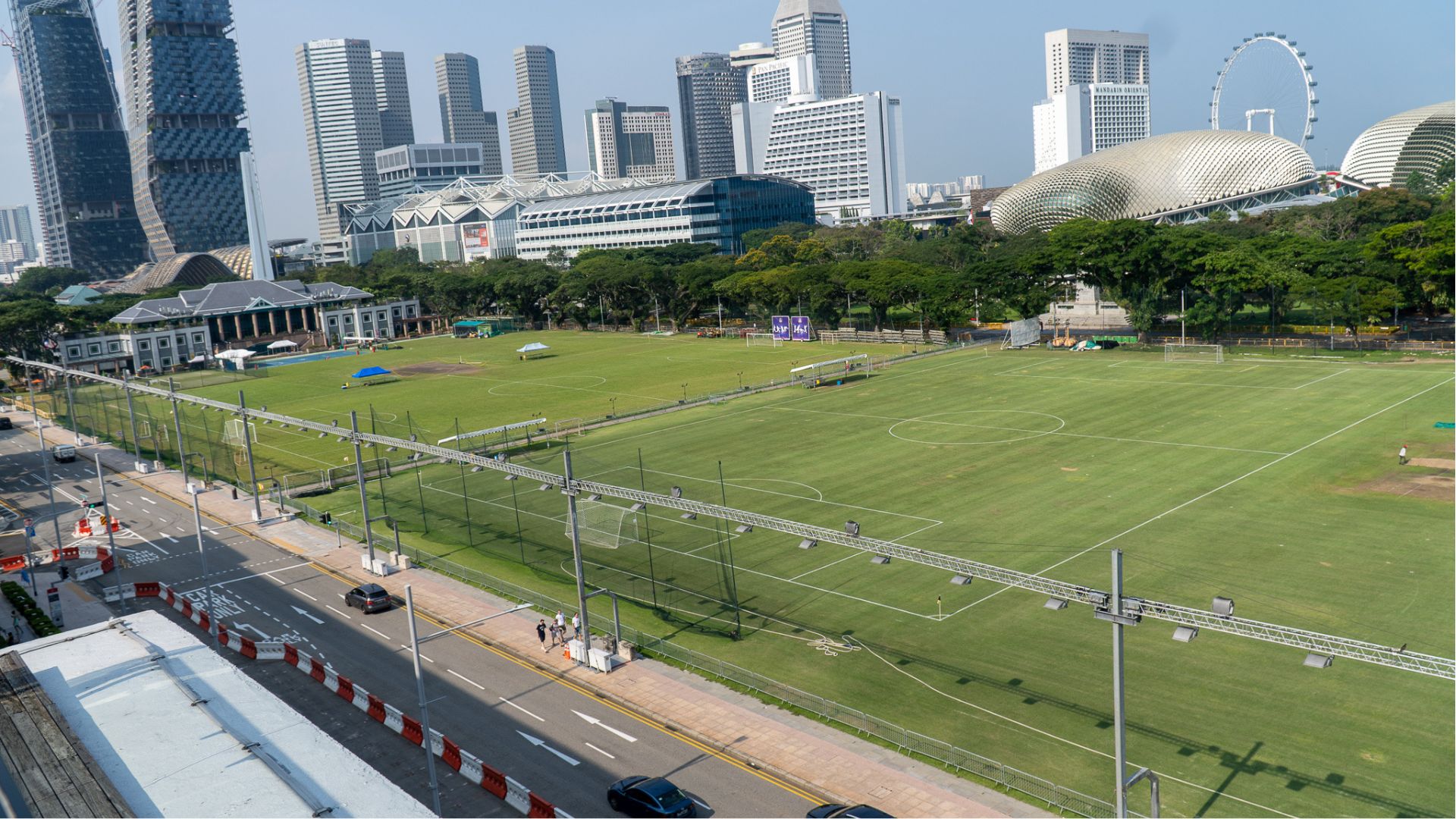The Padang, a 4.3-hectare patch of green in front of the former City Hall building, has been named Singapore’s 75th national monument on the country’s 57th birthday. It is the first green, open space to join the country’s list of National Monuments, which include Fort Siloso, St Andrew’s Cathedral, Sultan Mosque and The Raffles Hotel.
The iconic site — the size of six football fields — has been in existence since 1822 and it has been the plot of many of Singapore’s shared memories as a nation and its people, said Minister for Culture, Community, and Youth Edwin Tong, who officiated the gazette on Monday, 8 Aug.
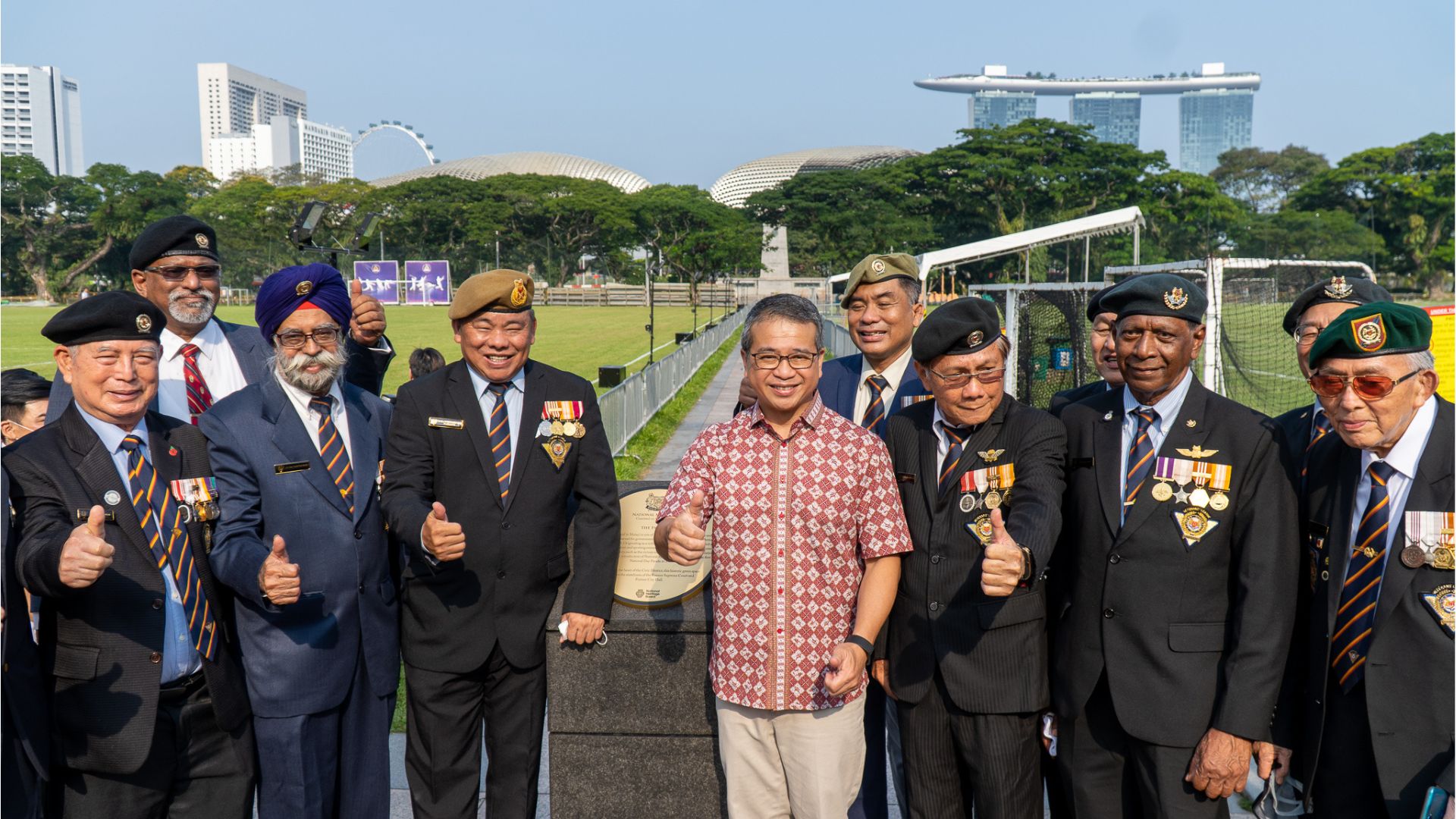
If only the Padang could talk, oh what stories it would tell.
History witnessed by the Padang
The earliest written reference to the Padang was when Sang Nila Utama, a Srivijayan prince from Palembang, is said to have spotted the legendary singa (Malay for lion) on the Padang in the 13th century. Inspired by what he saw, he decided to establish a kingdom on the island and named it Singapura (Sanskrit for Lion City).
Five hundred years later, in 1819, Stamford Raffles and William Farquhar of the British East India Company landed at the mouth of the Singapore River, went ashore and met Temenggong Abdul Rahman, the local chief of Singapore, who gave the men a free hand on where to pitch the tents and Farquhar picked the plain. He erected a 30-foot flagpole and hoisted the Union Jack.
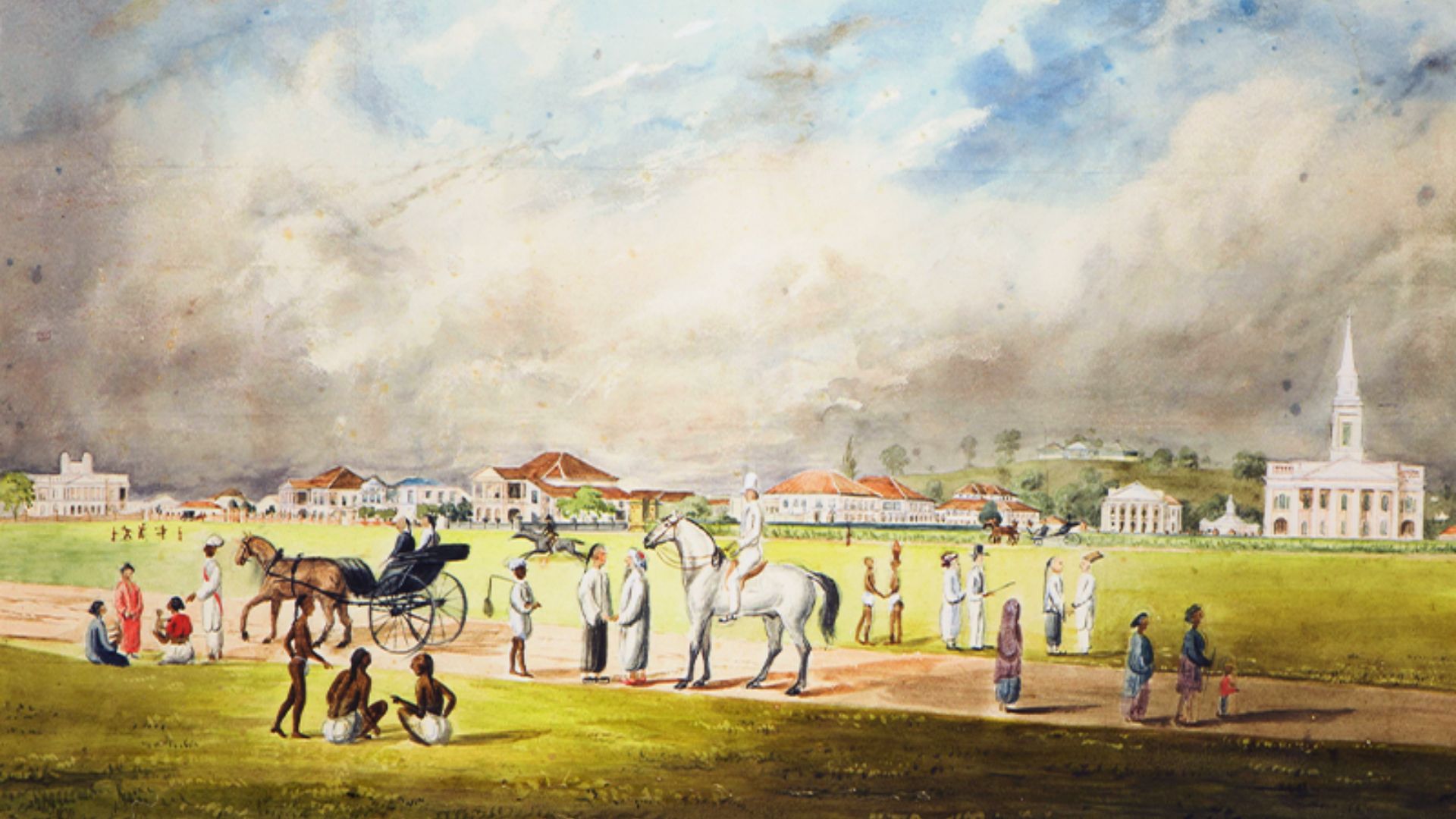
The Padang emerging as Singapore’s most important colonial civic space was organic, rather than by design. In 1831, it became known as the Esplanade until the turn of the 20th century when the field was commonly referred to as The Padang.
It was not until the late 1930s — with the completion of the Municipal Building in 1929 and the Supreme Court in 1939 — that the Padang held its most significant event, the celebration of the Golden Jubilee of Queen Victoria’s reign in 1887.
After the British surrendered to the Japanese on 15 February 1942, the Padang became the site for the display of Japanese imperial power and during the Japanese Occupation, it continued to serve as a parade and ceremonial ground.
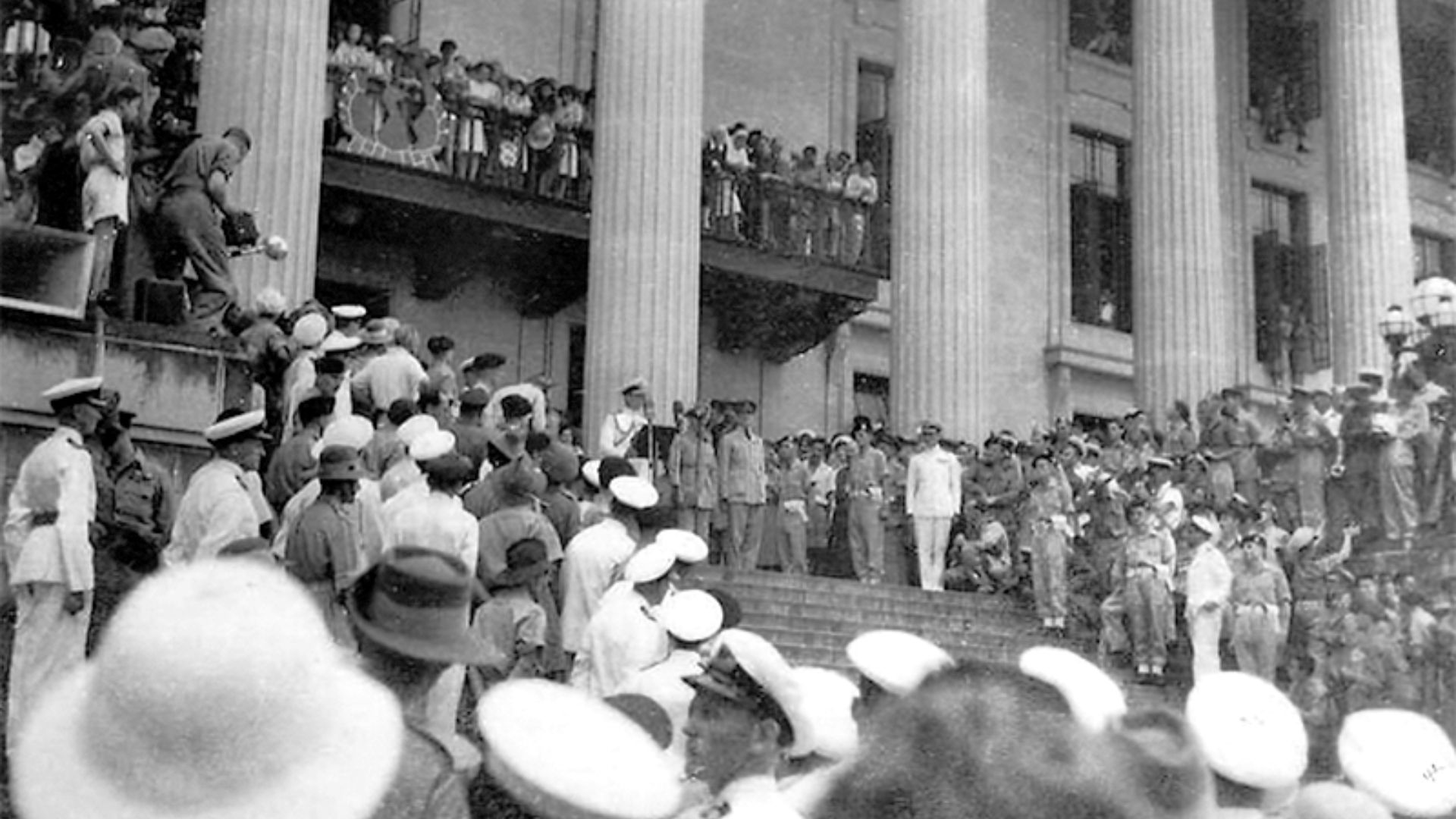
The British celebrated the end of the war with a grand surrender ceremony at the Municipal Building and a military parade at the Padang in September 1945. Lord Louis Mountbatten, the Supreme Allied Commander (Southeast Asia), accepted the Japanese surrender by General Itagaki Seishirō at the event and an Allied Victory Parade was held following the surrender to celebrate the occasion.
Place of confrontations
It was in 1950, the Padang was where the Maria Hertogh riots first erupted. On 11 Dec that year, “mob violence broke out… in front of the Supreme Court” over an appeal related to the custody lawsuit of Maria Hertogh and two Malays were shot, and several others injured.” Riots then broke out throughout the city.
Then in 1963, there was a protest rally organised by the Chinese Chamber of Commerce to demand reparations from Japan for its wartime atrocities. A crowd of some 120,000 people gathered at the Padang and the entire police force – 5,000 men and troops – was placed on emergency alert. Then Prime Minister Lee Kuan Yew challenged them to “come up to the City Hall and present their case” and ordered floodlights to be turned on the several thousand pro-communist elements who “formed a belt from one end of the Padang to the other”. The booing died and the agitators faded into the crowd. A potential disruption was averted.
The People’s Padang
It was only in 1959 after Singapore became a self-governing state under the People’s Action Party (PAP) that the open green became a people’s Padang. On 3 Dec, 10,000 people gathered at the Padang while inside City Hall, Yusof Ishak was sworn in as Singapore’s first President. Following a 17-gun salute, the state flag was unfurled for the first time and the “huge crowd which jammed the Padang … stood and joined in the singing of the new national anthem”, Majulah Singapura, composed by Zubir Said.
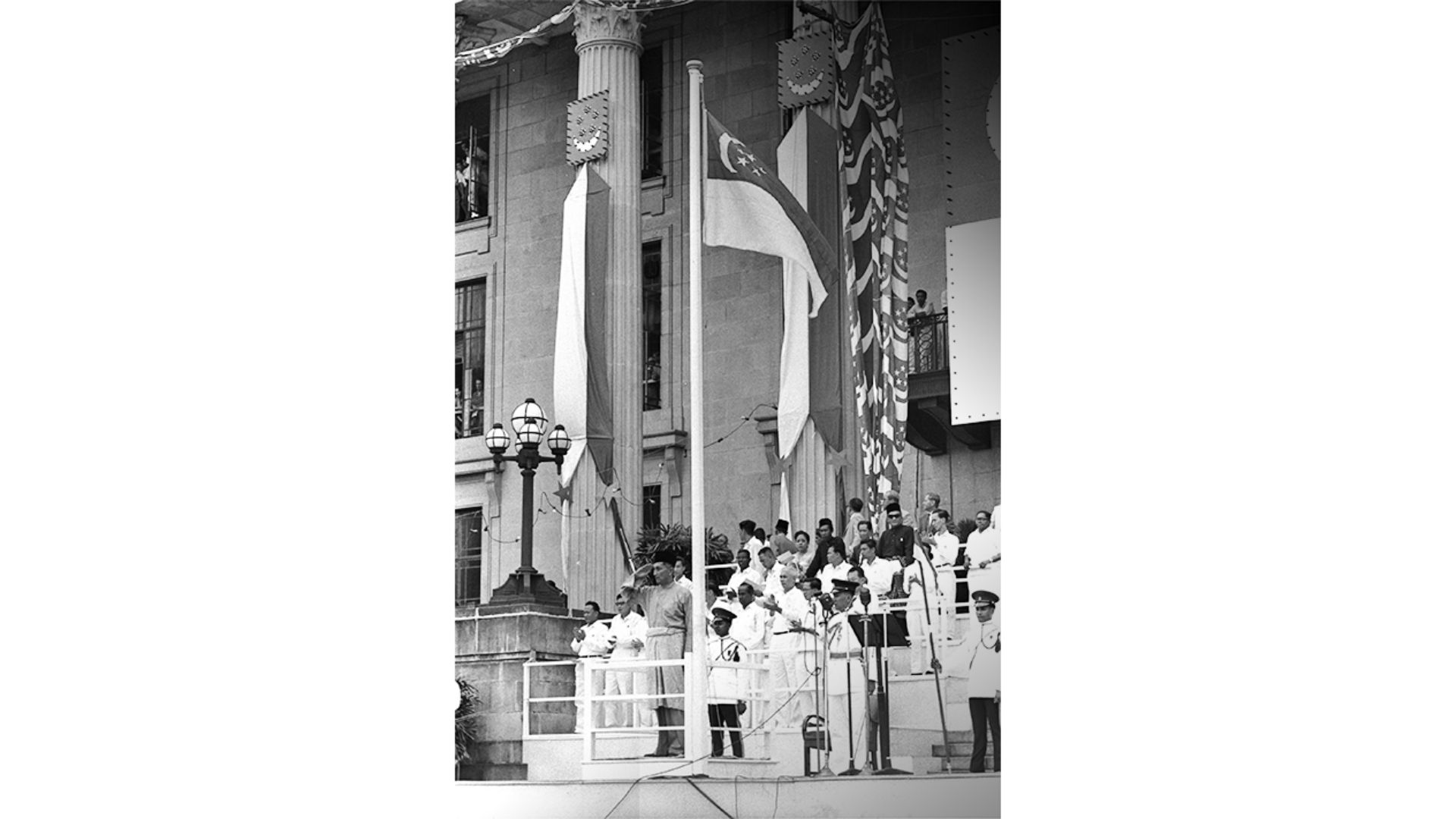
The Padang also bore witness to a pivotal moment in Singapore’s history: The merger with Malaysia. After many rounds of negotiations over the terms, Prime Minister Lee unilaterally declared Singapore’s de facto independence at the Padang on 31 Aug 1963 as “trustees for the Federal Government (in) these 15 days”.
Two years later, Prime Minister Lee once again spoke at the Padang in front of thousands of people, this time his voice shaking with emotion as he declared Singapore’s separation from Malaysia and became an independent and sovereign nation.
It was at the Padang that Singapore celebrated its first National Day with a parade on 9 August 1966. Over 23,000 Singaporeans took part in the parade which began at 9 am. It was a simple but momentous event. The Padang continued to be a major parade ground for the next 10 years. It was only in 1975 that decentralised parades were held, but the main parade returned to the Padang every few years.
The parade will return to the Padang next year (2023).
Deputy Prime Minister Heng Swee Keat had, in 2019, announced that the Padang, along with the Singapore River bridges, would be gazetted to commemorate the city-state’s bicentennial that year. The Preservation of Monuments Act was amended last year to pave the way for sites such as the Padang to be gazetted.
Following the gazette, the National Heritage Board (NHB) will promote greater awareness and appreciation of the Padang’s significance in Singapore’s history through various commemorative initiatives to be launched from August, including tours and interactive games for students and members of the public.
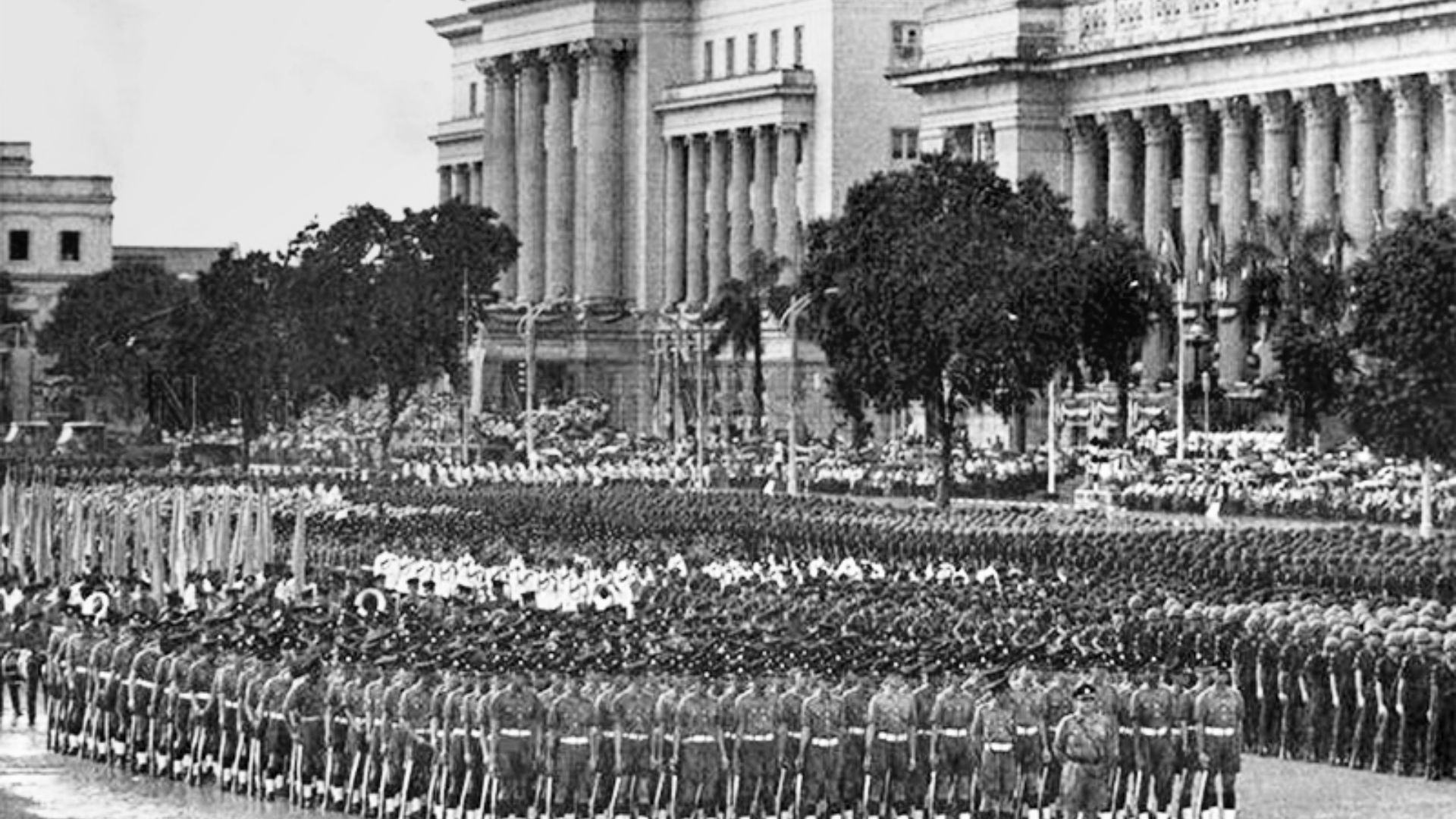
Director of the Preservation of Sites and Monuments division at NHB Jean Wee, said, “The successful gazette of the Padang reflects our ongoing efforts to enhance the preservation and promotion of places and spaces of national significance to Singapore. … Together with our 74 other National Monuments, the Padang will contribute to the architectural and cultural diversity of our nation’s built heritage, and be celebrated as one of the many places that define Singapore and our people.”
RELATED: A Digital NDP 2020: Is This Home?
Join the conversations on TheHomeGround Asia’s Facebook and Instagram, and get the latest updates via Telegram.

